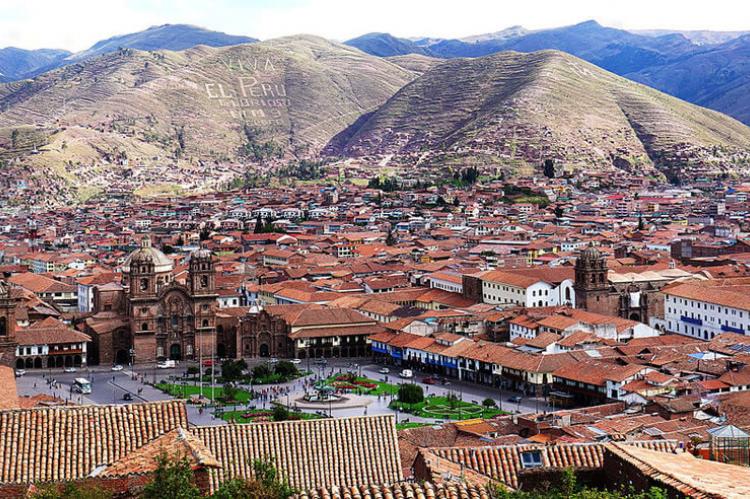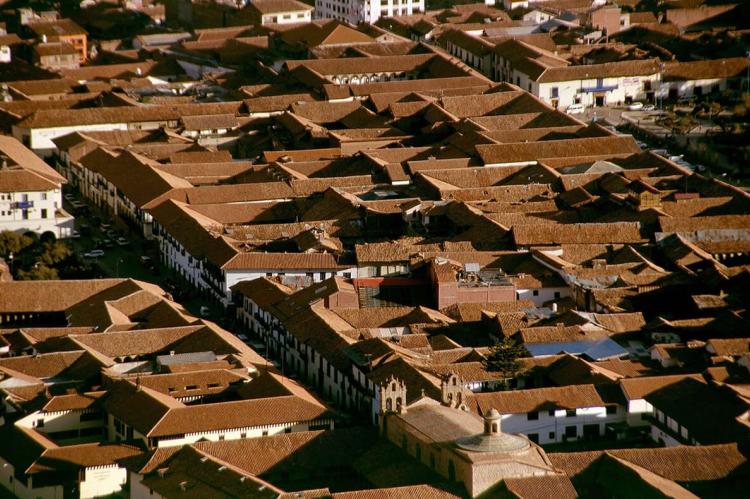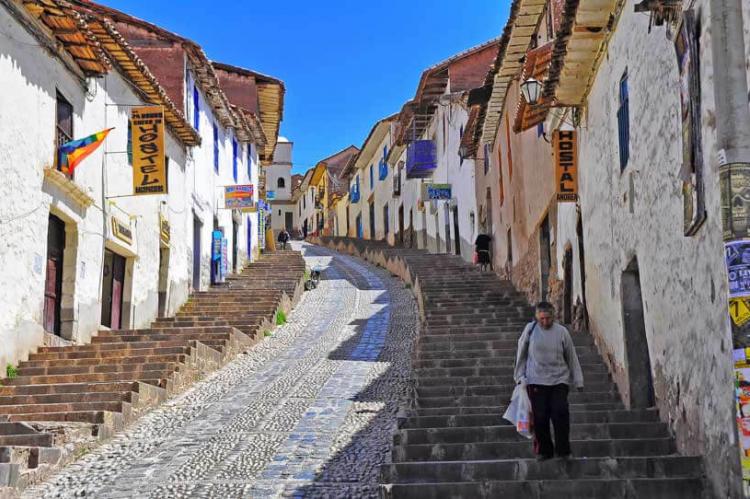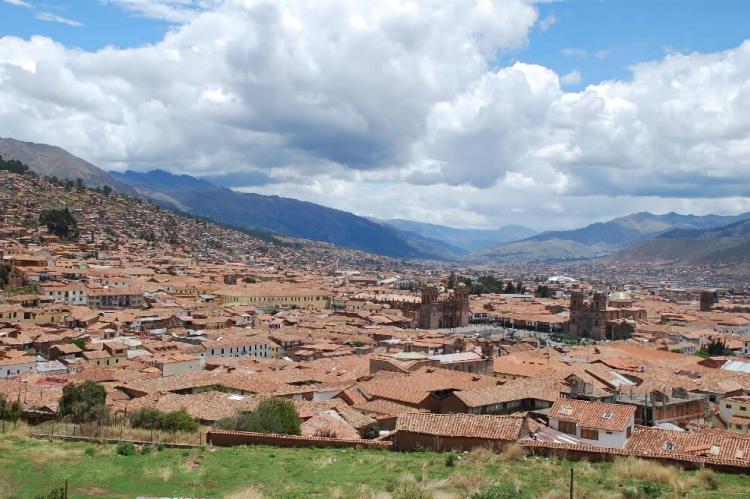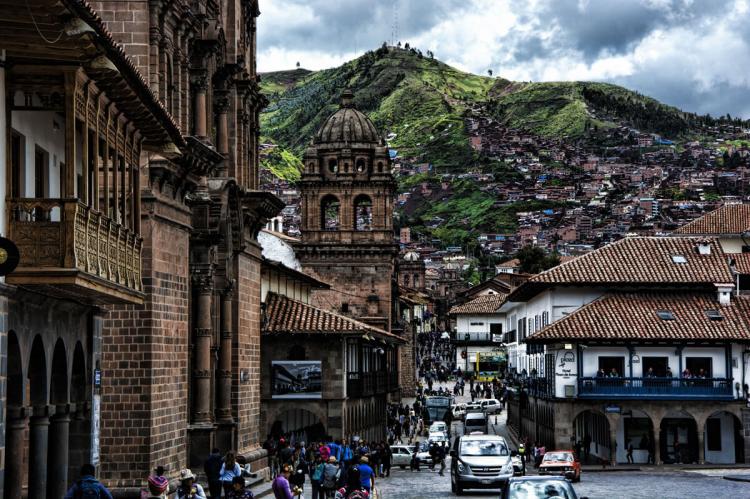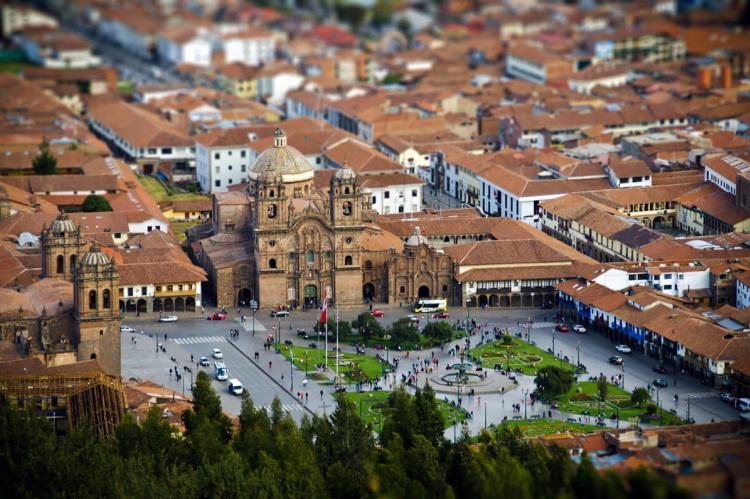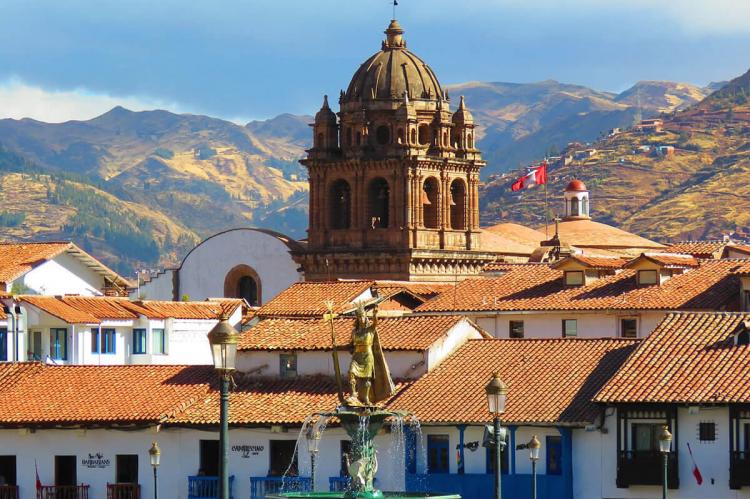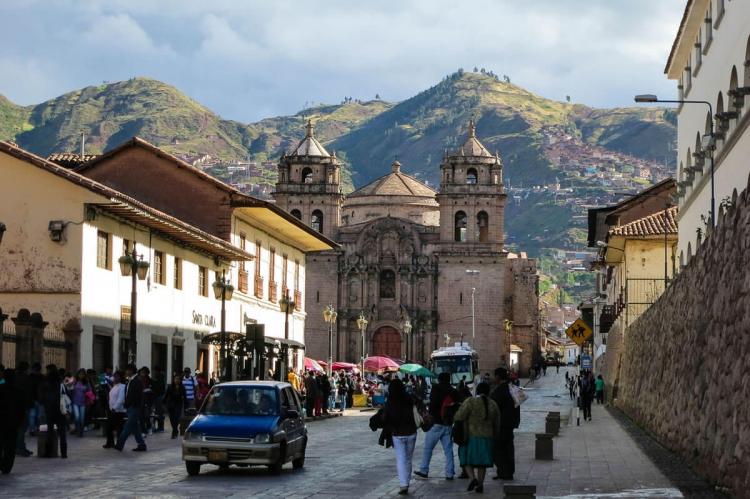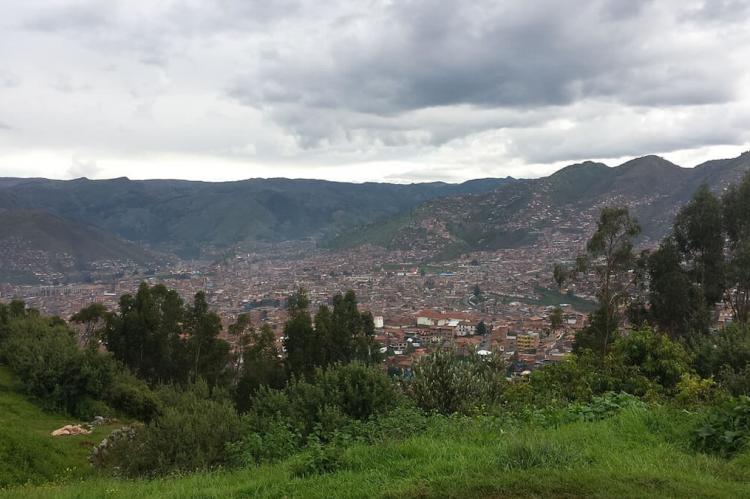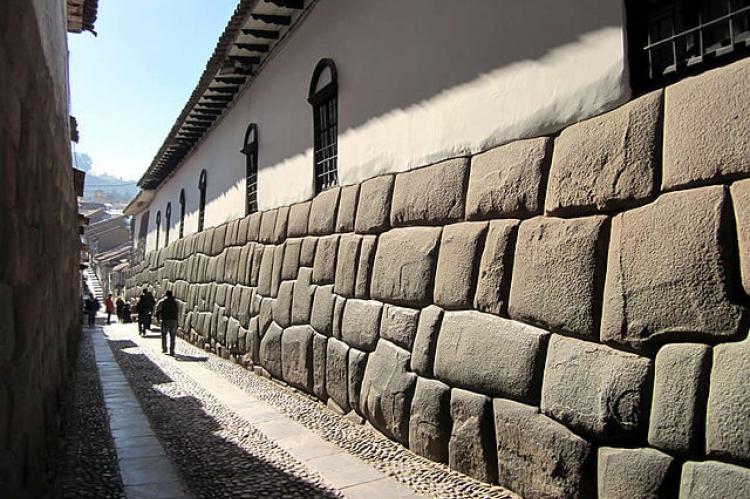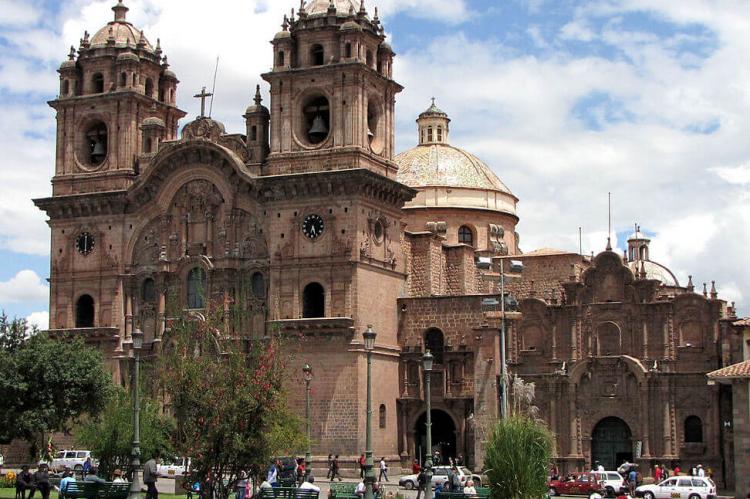The City of Cusco: Bridging Past and Present in Peru's Andean Landscape
Cradled in southeastern Peru within the Urubamba Valley of the Andes, Cusco is a captivating testament to the intersection of history and modernity. As the capital of the Cusco Region and the Cusco Province, this World Heritage City offers a unique journey through time and culture.
The City of Cusco: Bridging Past and Present in Peru's Andean Landscape
Cradled in southeastern Peru within the Urubamba Valley of the Andes Mountains at an impressive altitude of 3,400 meters (11,155 feet) above sea level, Cusco* is a captivating testament to the intersection of history and modernity. As the capital of the Cusco Region and the Cusco Province, this city of 428,450 inhabitants (as of 2017) offers a unique journey through time and culture.
Inca Origins and Cultural Syncretism
Cusco, a city of historical prominence, was the capital of the Inca Empire from the 13th century until the Spanish conquest in the 16th century. In 1983, UNESCO bestowed the prestigious title of "City of Cuzco" upon it, designating it a World Heritage Site. The city encapsulates the urban and architectural achievements of both the Inca and Hispanic cultures, producing a remarkable syncretism that defines its unique character.
Under the visionary rule of Inca Pachacuteq in the 15th century, the city transformed into the capital of the expansive Tawantinsuyu Inca Empire. The city's complex urban center, marked by distinct religious and administrative functions, showcased a fusion of cultures that left an indelible mark on its structural and aesthetic landscape.
Architectural Marvels of the Inca Empire
The imperial city of the Incas bears witness to an architectural marvel, with structures exhibiting stone construction technology boasting exceptional aesthetic and structural properties. Notable among these are:
The Temple of the Sun or Qoricancha: The Temple of the Sun, or Qoricancha, is a testament to the Incas' advanced engineering and architectural prowess. Located at the heart of Cusco, this revered temple was dedicated to Inti, the Inca sun god, and served as the most important religious site in the Inca Empire. Constructed with precisely cut stones fitted seamlessly together, the Qoricancha showcased the Incas' mastery of masonry and reverence for celestial deities.
The Aqllahuasi: The Aqllahuasi, also known as the "House of the Chosen Women," was a sacred dwelling reserved for the acllas, or chosen women, who played essential roles in Inca religious rituals and statecraft. This architectural marvel featured intricately carved stone walls adorned with symbolic motifs, reflecting the spiritual significance attributed to the women who resided within its confines.
The Sunturcancha: The Sunturcancha, translated as the "Enclosure of Condors," was a ceremonial complex dedicated to Wiracocha, the creator deity in Inca cosmology. Situated within Cusco's urban fabric, this sacred site comprised meticulously constructed stone platforms, plazas, and altars, where elaborate rituals and offerings were conducted to honor Wiracocha and ensure the empire's prosperity.
The Kusicancha: The Kusicancha, or "Enclosure of Gold," was an architectural masterpiece revered for its opulence and grandeur. Serving as Cusco's principal administrative and ceremonial center, this sprawling complex housed the imperial palace, administrative offices, and temples dedicated to various deities. Adorned with gold and silver embellishments, the Kusicancha symbolized the wealth and power of the Inca rulers and served as a focal point for political and religious activities in the empire.
These meticulously crafted and finely finished buildings merge to form an indivisible unity of Inca urbanism. The city's layout, marked by rectilinear streets and delineated zones for religious, administrative, and residential purposes, reflects the precision and organization characteristic of Inca planning.
Colonial Legacy and Cultural Continuity
With the arrival of the Spanish in the 16th century, Cusco's urban structure endured. Temples, monasteries, and manor houses were erected over the Inca city, mostly in baroque style with local adaptations. This juxtaposition and fusion of different periods and cultures yielded a unique, high-quality mixed configuration that defines the city's historic continuity.
The impressive syncretism extends beyond the physical structures to the realm of artistic expression. Cusco became a hub of religious art creation and production during the Viceroyalty, earning recognition as one of the most important centers on the continent. The city's customs and traditions, rooted in ancestral origins, add another layer to its multifaceted identity.
Modern City Dynamics
In the contemporary context, Cusco has become a significant tourist destination, drawing nearly 2 million visitors annually. Beyond its historical charm, the city's tourism sector is crucial to its economic dynamics. The population actively engages in various activities, reflecting a harmonious blend of traditional practices and modern livelihoods.
While the remnants of the Inca capital are carefully preserved, the cityscape unfolds with whitewashed squat houses and Baroque churches. This architectural diversity serves as a reminder of Cusco's ability to seamlessly integrate different historical periods and cultural influences into its urban fabric.
Conclusion: Cusco's Dual Identity
With its dual identity of preserving the past and embracing the present, Cusco is a living city connecting generations in the heart of Peru's Andean landscape. Its designation as a World Heritage Site is not a mere acknowledgment of historical significance but a celebration of an enduring legacy.
As visitors navigate its streets, they witness the architectural marvels and the pulsating energy of a city that gracefully balances its historical roots with the demands of the contemporary world. Cusco is not just a destination; it's an immersive experience—a journey through time and culture that leaves an indelible mark on those who explore its enchanting streets.
* Note: The spelling variation between "Cusco" and "Cuzco" reflects historical linguistic nuances. "Cuzco" was used by Spanish conquistadors to approximate the Quechua pronunciation, while "Cusco" aligns with standardized Spanish orthography.
